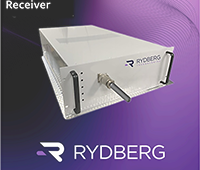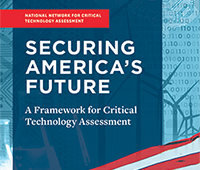 Lawrence Livermore National Laboratory (LLNL) researchers have developed a new simulation capability to model a classic plasma configuration.
Lawrence Livermore National Laboratory (LLNL) researchers have developed a new simulation capability to model a classic plasma configuration.
Livermore scientists Andrea Schmidt and Vincent Tang have demonstrated, for the first time, a fully kinetic model of the dense plasma focus (DPF) Z-pinch device, including the electrodes, in a realistic geometry. Fully kinetic calculations allow for the physical quantities to be tracked at the particle level. Many previous calculations took a “fluid” approach, averaging physical quantities over many particles, which washes out beam formation and non-classical plasma resistivity effects.
The Z-pinch is a classic, and arguably the first, plasma configuration but it still defies scientists’ ability to fully predict and understand its behavior. In a Z-pinch, a pulsed high current arc discharge between two electrodes causes a plasma column to implode under its immense self-generated magnetic pressure. Yet more than 50 years after researchers at the British experiment ZETA mistakenly reported controlled thermonuclear fusion in a Z-pinch device, scientists still do not fully understand how these devices emit such high energy (multi-MeV) charged particle beams.
The new simulations have reproduced key features of these plasmas, including the ion beam and neutron outputs. In addition, the team observed signatures of a type of instability that has always been postulated to fundamentally drive the dynamics in these plasmas.
“The work advances our understanding of this area of high energy density physics,” Tang says.
The team’s results show initial kinetic simulations, which reproduce experimental neutron yields (~107) and high-energy (MeV) beams for the first time. This simulation tool will be used to further unravel the unknowns of this age-old plasma configuration, according to Schmidt.
“We now have, for the first time, demonstrated a capability to model these plasmas fully kinetically, allowing us to simulate the pinch process at the particle scale,” Schmidt says. “We present the results of the initial kinetic simulations, which reproduce experimental neutron yields and high-energy (MeV) beams for the first time.”
The research appears in Physical Review Letters.




